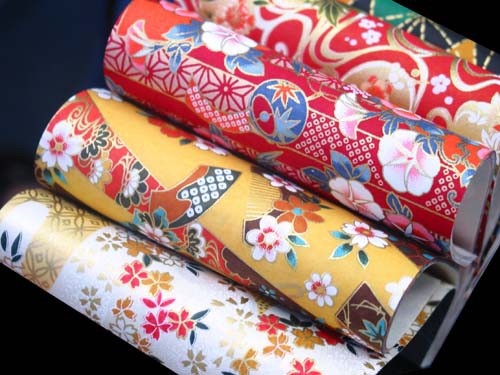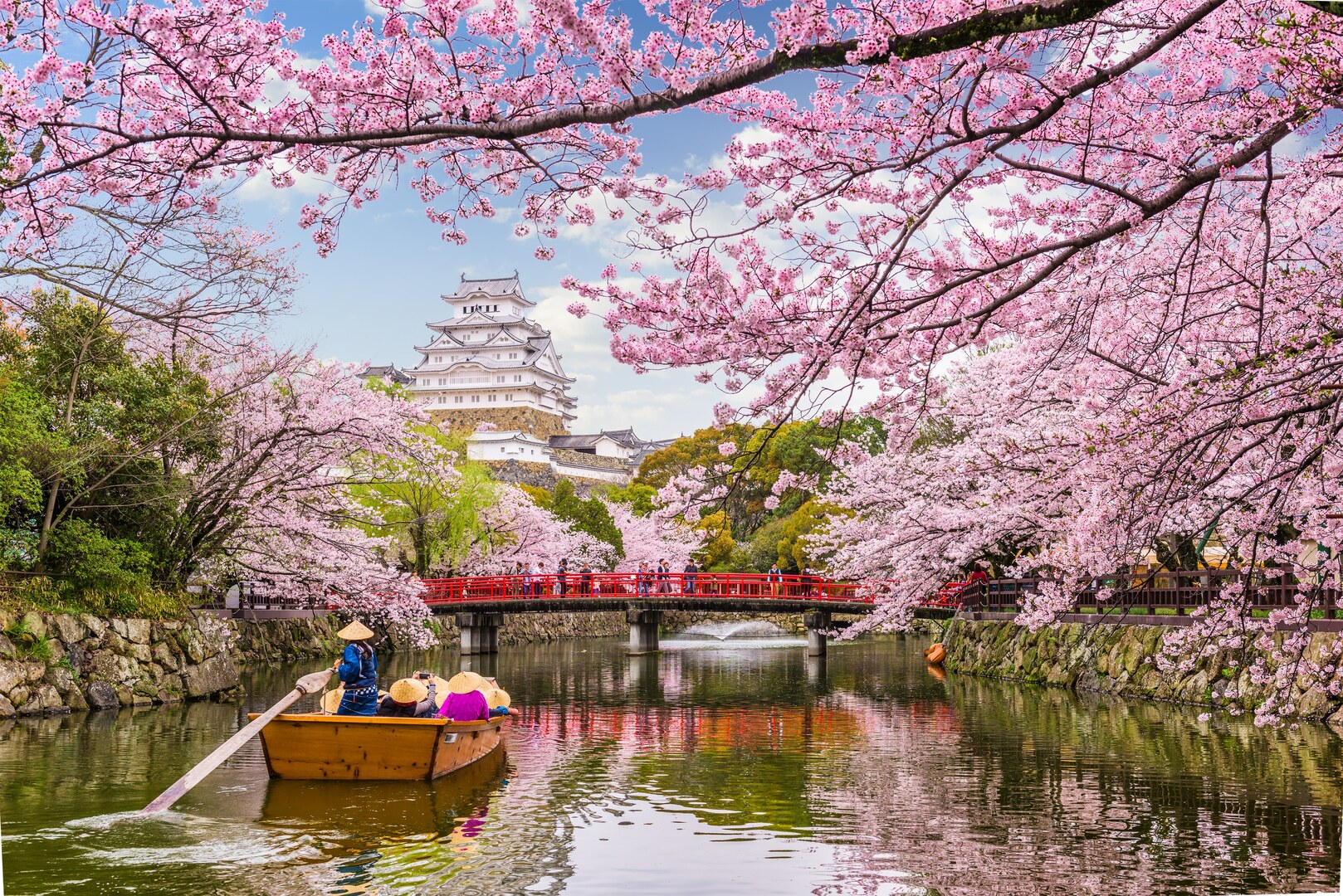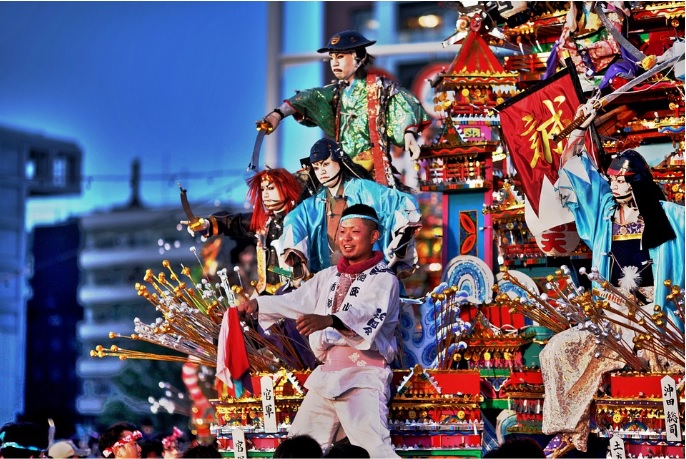
Even though the Chinese were the first one to produce paper, the art of making them has been brought in Japan by Buddhists monks in 610 AD. Washi or literally translated as Japanese paper, is a common material used for Japanese crafts such as ikebana, origami, and kite-making. Washi has also been used in World War II to create weapons such as war balloons. The paper can be printed, dyed, colored, painted, and cut. It is relatively stronger and sturdier compared to the normal paper that we use.
Washi is usually made out of three materials: kozo, mitsumata, and gampi. Kozo or paper mulberry, is a farm crop and it regenerates annually so no trees or forests are wiped out in the process. Kozo is the strongest fiber of the paper. Mitsumata, another fiber for making washi, is indigenous to Japan but it takes longer to grow compared to Kozo, making it more expensive. Gampi is considered as the noblest fiber for its richness and longevity. Its thin fibers allows it to be formed into tissues and the likes.
Making the paper itself is a long method. Branches of the kozo, mitsumata, and gampi are soaked, cleaned, pounded and stretched. The fibre is then produced and mixed with paste. The mixture will then be poured to a bamboo mesh to create the sheets of paper. The process is entirely done by hand but due to high demands of the paper, machines have already been doing the paper for quite some time now.
Recently, washi has been known around the world for its alternative use as washi tapes. These are durable tapes with different colors and design and can be used to wrap small things and to decorate notebooks or boxes.
The traditional Japanese paper is considered as one of UNESCO’s Intangible Cultural Heritage objects.





